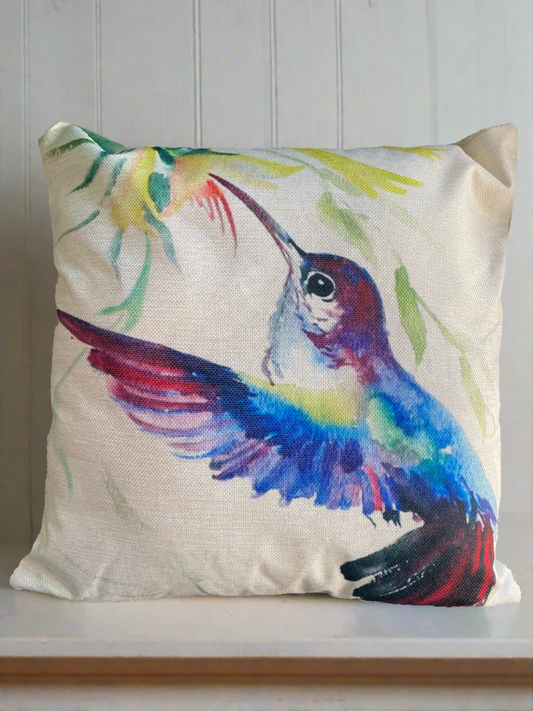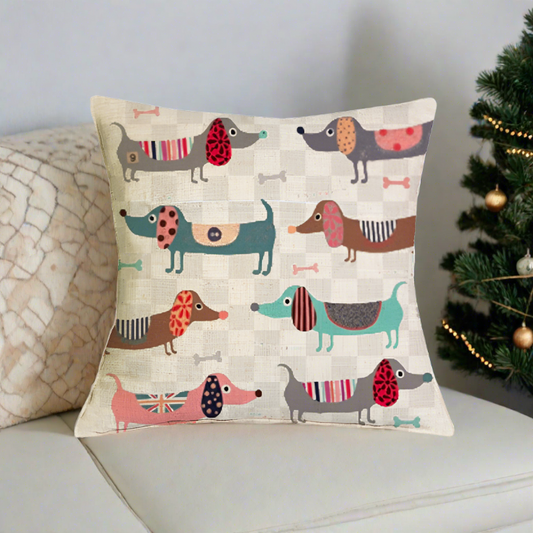Trimming your cat's Nails not only protects your furniture but also prevents your cat friend from potential pain and injury caused by overgrown nails.
In this guide, we will explore the necessary steps to trim cat claws safely and effectively, ensuring that both you and your cat have a stress-free experience.

Familiarize your cat with the process
Before attempting to trim your cat's claws, it is important to get them accustomed to having their paws handled. This familiarization can significantly reduce their anxiety and resistance during nail trimming. Here are the steps to prepare your cat:
1. Start by gently petting your cat and gradually moving towards their paws.
2. Massage their paws softly and press the pads to extend the claws.
3. Practice this routinely over several days or weeks to build trust and comfort.
4. During these sessions, speak to your cat in a calming voice to create a relaxed atmosphere.
Through these efforts, your cat will learn that paw handling is a normal and non-threatening activity, setting the stage for successful claw trimming.

Ensure you have the right tools
Having the appropriate tools is essential for a clean and precise nail trim. A sharp pair of cat nail scissors or clippers can make the process quick and painless for your feline. Here are the items you should gather:
1. Professional cat nail scissors or clippers designed for feline nails.
2. Styptic powder or any clotting agent to stop bleeding in case of an accidental cut.
3. Treats or toys to reward your cat after the trimming session. Putting your cat on his/her favorite cat pillow can also help creating a safe and relax environment.
Remember, using dull or inappropriate tools can lead to splitting the nail, causing discomfort for your cat.
Identify the 'quick' to avoid injury
Understanding the anatomy of your cat's nails is crucial. Within the nail is the quick, a pinkish area containing blood vessels and nerves. Cutting into the quick can cause pain and bleeding. Your task is to wait until your cat is in a well-lit area to better see the nails. Then identify the clear part of the nail to be trimmed and the pink quick to avoid. In the case of dark nails where the quick isn't visible, trim only a small tip or consult a professional.
By staying aware of the quick's location, you ensure that your cat's nail-trimming experience is free from discomfort.
Trim the sharp tip of the claw
The best time to trim your cat's claws is when they are calm and possibly a bit sleepy, such as after a meal or play session. Secure your cat comfortably in your lap or against your body. Then gently press their paw to extend the nails. Snip only the transparent sharp tip of the nail, avoiding the quick. Trim at most a few millimeters to ensure safety. If your cat becomes resistant, take a break and try again later.
By focusing on cutting only the sharp tip, you maintain your cat's paw health without causing unnecessary stress.
Reward your cat
Positive reinforcement can make nail trimming a more pleasant task for your cat. After each successful trim, offer them something enjoyable, like cat treats that they love, their favorite toys, or cuddles or a grooming session if they enjoy being brushed.
These rewards will help your cat build a positive association with claw-trimming time.
Staying on the cutting edge
For a smooth and efficient nail-trimming experience, stay current on the best practices and tools. Continually learning about your feline's behavior, anatomy, and newest products on the market can make a significant difference. Tailor your approach to the unique temperament and needs of your cat for optimal results.
Hold hands (er, paws)
Begin the trimming process by establishing a tranquil environment to ease your cat's stress. Holding paws properly and reassuring your furry companion throughout the trimming with treats and praise can make the process much more pleasant. Consistent handling practice can lead to a decrease in sensitivity, and over time, nail trims can become quick and easy.
Taking a little off the top
When it's time to trim, ensuring your cat's relaxation is paramount. Identifying the nail structure and trimming appropriately while rewarding your pet can foster a comfortable routine. Regular, careful trims prevent scratching issues and promote paw health, allowing only a small portion to be removed during each session.
One at a time
Taking it slow, focusing on one nail at a time, and providing positive reinforcement can help maintain a tranquil atmosphere during trims. Should you need to pause, do so, as keeping both pet and owner stress-free is essential for a successful claw-trimming session.
Should you trim cats back claws?
While back claws are typically less sharp, it's sometimes necessary to trim them, especially for indoor cats or those with reduced opportunities for natural wear. Ensuring that trimming is done safely and only as required is vital, and professional guidance can be beneficial for inexperienced owners.
How often to trim cat nails?
The frequency of trims depends on several factors, including the cat's age, activity level, and whether they're indoor or outdoor pets. Regular inspections will help you create an ideal schedule, keeping your cat's nails at the perfect length for their lifestyle.
Is clipping cats claws cruel?
When executed correctly, clipping a cat's claws is a compassionate aspect of grooming that maintains their overall wellbeing. The key is to trim carefully, with precision and patience, and to make the process as comfortable as possible for your feline friend.
Alternatives to clipping cats' nails?
Several alternatives to clipping can help manage your cat's nail health. From scratching posts to nail caps and grinders, each offers a different approach to maintaining your pet's claws. Choose the option that best suits your cat's temperament and your own preferences.
How to trim cat nails yourself?
Trimming your cat's nails needn't be an ordeal. By preparing your tools and workspace, familiarizing your cat with the process, holding the paw correctly, and offering rewards, you can make nail trimming a positive experience for both of you.
How to cut cat nails with human clippers?
If using human clippers, it's important to be even more cautious due to their design difference compared to pet-specific trimmers. Approach the task gently, reward liberally, and cut sparingly to ensure a safe and comfortable trim for your cat.
How do I know when it's time to trim my cat's nails?
Keeping an eye on your cat's nails is critical to determine when a trimming session is due. Watch and listen for signs of long nails, such as difficulty retracting claws and increased scratching, to gauge when it's time for a trim. If in doubt, a regular inspection every couple of weeks and a trimming schedule adjusted to your cat's needs will suffice.
Final Word on Feline Nail Trimming
Trimming your cat's nails doesn't have to be a daunting task. With the right approach—gentleness, understanding, and the correct tools—you can turn nail trimming into a stress-free, regular part of your pet care routine. Not only does this practice keep your cat healthy and comfortable, but it also nurtures the bond between you and your feline companion. Remember, patient and consistent efforts will lead to a positive outcome for both you and your cat.


















































